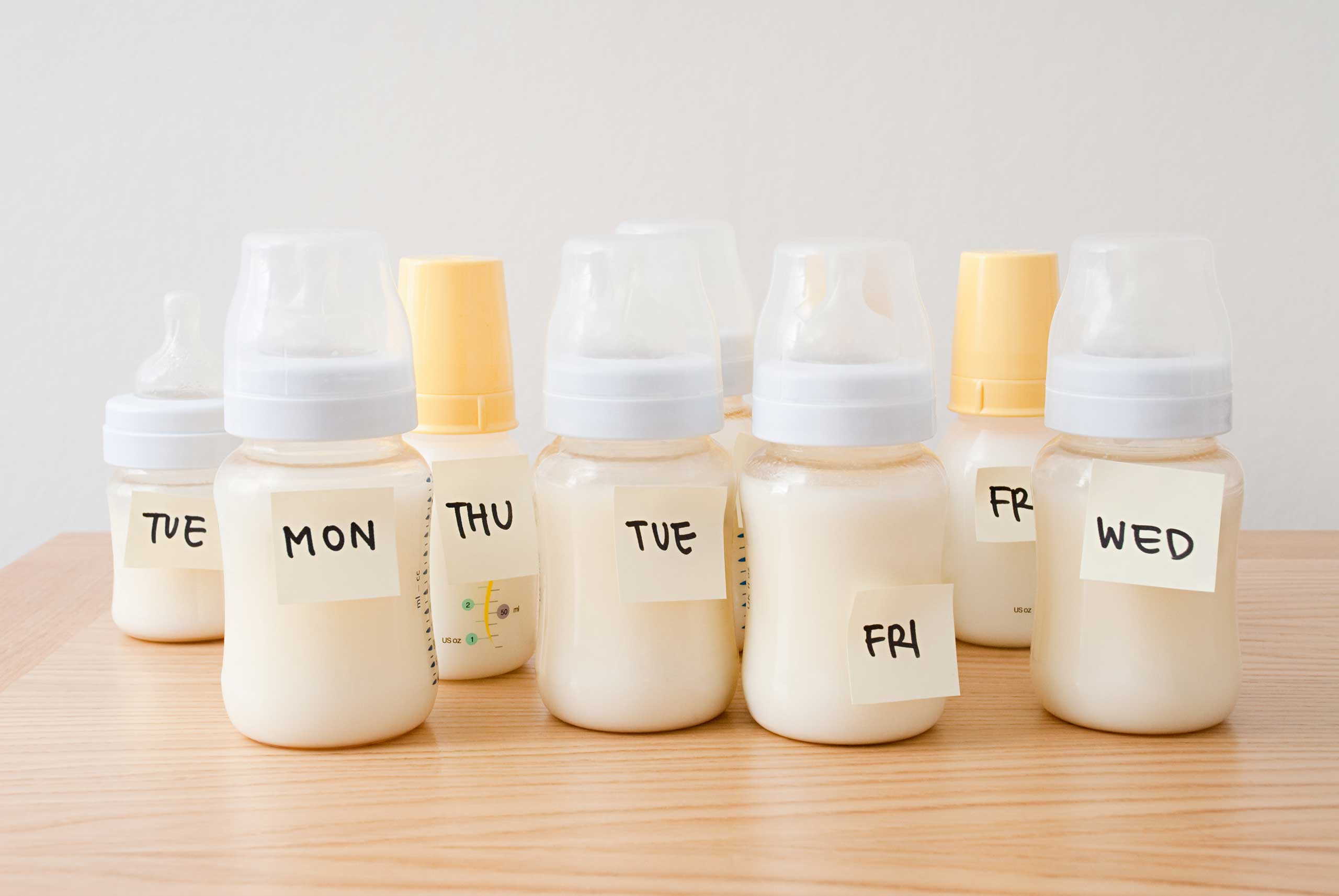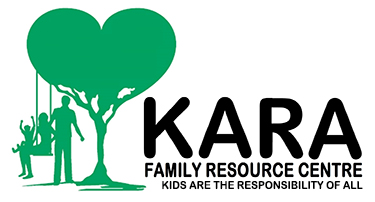
We’ve all heard it – breast is best – but do you know why?
The History of the Mammary Gland:
Breast milk has been researched for hundreds of millions of years. You read that right, nature has been perfecting this food source for longer than bees have been perfecting honey. You can read about the evolution of breastmilk here. BBC goes into detail on how mammary glands and breast milk came about and why they had the evolutionary advantage. Shockingly, mammary glands are thought to have evolved before mammals did. Once leaving the water, animals either made soft or hard shells. Hard shells had the advantage of not drying out but soft shells, well they supported the transfer of water. So mama walking-fish would have soft-shelled babies and bring them water in a gland on her body in the hopes they wouldn’t dry out. This gland, after many generations, evolved to secret antibodies, fats, carbohydrates (sugar), etc., which was now food for her babies (they could eat it once it absorbed into their shells). After baby hatches, the gland still produces and the baby has a wonderful mama walking-fish to feed him. Magic, right?
Now, after millions of years, only mammals (and primitive egg-laying mammals) have this ability. Females of the lactating species are called mammalia which means “of the breast.” It’s pretty cool to be defined by a highly respected evolutionary trait, one that has led our species to care for our young in the most effective way.
The Contents of Human Milk:
Going into detail about humans and why human milk is so precious – please check out the amazing infographic (found at the bottom of this section) of the contents of what you are feeding your baby (or toddler). It dives into each component, such as the fats, nucleotides, enzymes, carbohydrates, and antimicrobial components, just to name a few. These contents, components, molecular compounds – whatever you want to call them – have astonishing properties that protect your baby (and read what’s going on in his body – seriously). The infographic (with supporting references) was made by a group of women and men who found that human milk was just so amazing, they had to compile the info.
I’m going to list one (maybe two) benefits from some of the milky component categorized in the infographic – the ones which were my favourite and little well-known:
Carbohydrates (Sugars)
• Breastmilk contains over 200 sugars. Some of these sugars can only be digested by bacteria which easily promotes a healthy gut microbiome.
Enzymes
• Lysozyme is anti-inflammatory and bacterialcidal (destroys bad bacteria) and is particularly effective against E. coli and salmonella.
Antimicrobial
• Lactoferrin inhibits the growth of cancerous cells and Alpha-lactabumin has pain-relief abilities.
Vitamins
• Vitamin E is an antioxidant which inhibits or removes oxidizing agents (free radicals) from within you. Free radicals are uncharged molecules that are extremely reactive and can break down cell membranes. In chemistry, for those that know a bit about it, free radicals form when a molecule loses or gains an electron. Our bodies use antioxidants to balance free radicals (give or take an electron to neutralize it).
Mediators
• Stem cells – that’s right, breast milk contains stem cells! They can self-renew to repair any organ or system in the body.
Hormones
• Oxytocin creates positive feelings. This is super beneficial for both Mom and baby. For Mom, it helps stop bleeding after birth and shrink the size of the uterus. For baby, promotes feelings of well-being and relaxation.
• Leptin, a hormone like a switch, it turns on a gene that tells the baby when he is full. This is a gene that prevents overeating as an adult.
There are more (lots more) and you can read about them or check out the infographic here.
My absolute favourite though was learning that Momma’s body, through baby’s saliva, identifies what bacteria or virus the baby is currently fighting and produces antibodies specifically designed to fight those infections. Talk about Mom-baby communication.
Lastly, Let’s Not Forget the Bonding:
One thought before I move on to the science behind the bonding – I miss breastfeeding. The connection I felt to my babies was so strong and comforting. I recall the first time each of my boys made true eye contact with me – it was while they were breastfeeding. Snuggles aside (snuggles aside!?), the best moments were the eye contact in which I knew they felt safe.
And now the science – I bet you knew there were benefits to a baby’s social well-being that came from breastfeeding but did you know there were health benefits for Mom too? Yes, yes, the benefits for baby is higher communication scores and increased cognitive ability (it’s important but I’m excited to get to the next bit).
For Mom, according to the American Psychological Association, breastfeeding increases and lengthens maternal sensitivity. Maternal sensitivity is the Mother’s responsiveness to her baby and her affect, flexibility, and ability to read her baby’s cues. The study conducted (located here) goes into detail on the Mothers that were interviewed and noted how the longer breastfeeding was the norm, the longer the sensitivity continues for Mom, expanding as the child grows (such as respect for autonomy, supportive presence, and withholding hostility). Amazing, right? By the by, breastfeeding also has been shown to decrease the risk of developing breast and ovarian cancer.
And one awesome detail that some of us forget – it’s way cheaper than formula. Eating a little extra during the day and make your own tiny human food? Super budget friendly.
So, are there cons to breastfeeding?
I did it with both of my kids (and nearly made it to the one year mark each time) and I only noticed two cons. One, it was really painful for me for the first couple of weeks. Two, I got some funny looks from friends, family, and strangers.
Yes the pros outweighed the cons for me but I did find some ways around the unpleasantness.
Painful Start to a Happy Ending:
The nipple shield – sold at Toys R Us or online and comes in various sizes. This nifty gadget is fantastic to protect Mom from a ravenous infant. I recall my first encounter with my midwife after nursing my firstborn for a few days. She asked me how bad it hurt and when I likened it to giving birth again she asked if she could see my baby. She laid him in her lap, backwards so his head was touching her tummy. She then stuck a finger in his mouth and cried out “Holy, you are vicious!”.
She promptly directed me to the nipple shield, which worked like a dream. It’s a plastic nipple that fits over your own and protects Mom from baby’s who have mouths like a shark. And it’s only ten bucks. My midwife did caution me to use it sparingly however, as it makes it a little more difficult for baby to nurse, which in turn decreases your milk supply. Funny Looks and Squeamish People My Dad (Grandpa) has a hard time staying in the room with a nursing Mom. He squirms in his chair if someone just says “breastfeeding.”
Perhaps I’m more like him than I thought. I found it difficult to feel comfortable breastfeeding around people, any people, even when wearing a nursing cover. Just knowing that they knew what I was doing made me feel awkward and as if I had to hide it. So I did – and this is how:
For those of us that are shy and don’t want to be the confident woman who tells people to just get over it, do what I did and get a baby backpack. The Ergobaby Baby Carrier was my favourite because it was so comfortable, I could wear it for hours, and did. I would just pop the hood over top of my baby’s head and no one, not even my Dad knew that I was breastfeeding. It simply looked like I was carrying my child in a fashionable carrier. Pretty sneaky, no.
So there you have it, breastfeeding in two swollen nutshells. If you were moved by this blog (I totally get it), and want to discuss your breastfeeding options or find breastfeeding support, here are two resources you may find helpful:
• Alberta Health Services (AHS) Healthy Beginnings Hotline (24/7) – 780-413-7990
• La Leche League (breastfeeding info and support) – 780-478-0507
